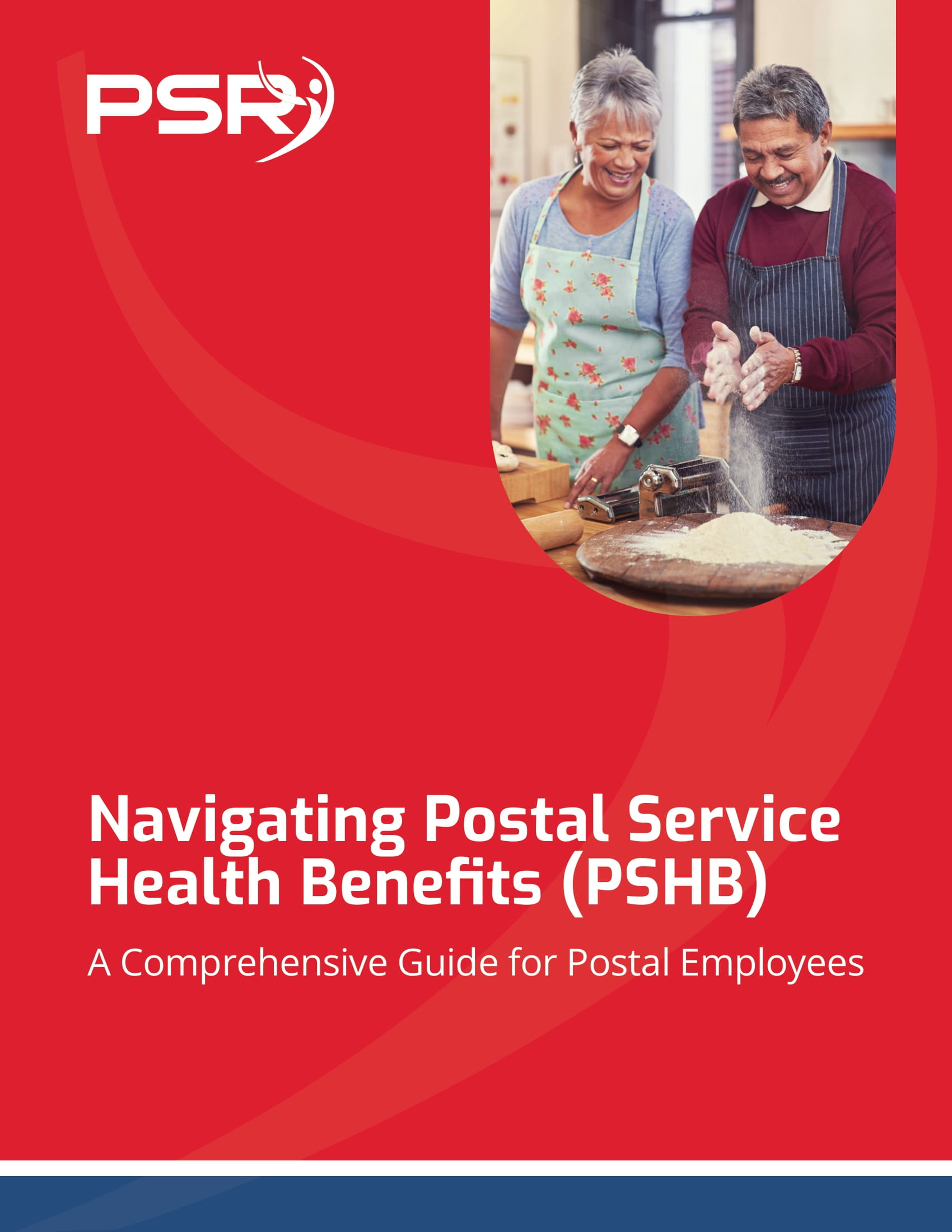Key Takeaways:
- The CSRS retirement plan has remained one of the least discussed federal retirement options despite its generous benefits.
- Understanding how the CSRS differs from other federal retirement plans can help federal employees maximize their retirement benefits.
As a federal employee, you might have heard of the Civil Service Retirement System (CSRS), but chances are, it doesn’t come up as often in casual conversations about retirement planning. After all, the Federal Employees Retirement System (FERS) tends to dominate discussions, especially for those hired after 1984. However, if you’ve been with the federal government for several decades, or if you’re a retiree trying to understand past options, you may find yourself wondering:
Is CSRS the best-kept secret in the federal government?
Let’s dive into why CSRS may just be that elusive retirement gem you’ve been overlooking, or why it’s not widely discussed anymore.
What Is the CSRS Retirement Plan?
The Civil Service Retirement System (CSRS) was established in 1920 as the primary retirement system for federal employees. Before 1984, nearly all federal civilian workers were covered by CSRS. This system offers a defined benefit plan, meaning that it provides guaranteed income based on salary and length of service. Federal employees who were hired before January 1, 1984, were automatically enrolled in CSRS unless they later opted into FERS, which was introduced in 1987.
One key element of CSRS is that it doesn’t include Social Security benefits. Employees under this system do not pay Social Security taxes on their earnings, nor do they receive Social Security benefits for their time under CSRS, though they may still qualify for benefits from other work outside of the federal government.
Why Isn’t CSRS as Popular Now?
Simply put, most federal employees hired after 1984 are under FERS. This newer system was created to be more financially sustainable for the government and offers a combination of a pension, Social Security benefits, and a Thrift Savings Plan (TSP) — which is like a 401(k) for federal employees.
CSRS, in contrast, is strictly a pension plan and no longer an option for new federal hires. The system is closed to new entrants, which is a big reason why it’s not as well-known today. But for those who are still covered under CSRS, the benefits can be significant.
How Does CSRS Compare to FERS?
The main difference between CSRS and FERS lies in how they’re structured. CSRS offers a higher annuity payout than FERS, which makes it more appealing for long-term employees. Under CSRS, the pension is based on the “high-3” average salary — that is, the highest average salary over three consecutive years of service — and years of service. Employees can receive up to 80% of their high-3 average salary as their annuity.
Meanwhile, FERS provides three separate sources of retirement income: a smaller pension, Social Security benefits, and the TSP. FERS employees pay into Social Security, unlike CSRS employees. However, FERS relies more heavily on employee contributions to the TSP to supplement their retirement income, whereas CSRS provides a more robust pension without additional savings requirements.
If you’re comparing the two, here’s where CSRS shines: For those who spend their entire career in federal service, CSRS can result in a far higher lifetime benefit than FERS. The guaranteed pension under CSRS often outpaces the combined pension and Social Security benefits under FERS. This makes CSRS particularly advantageous for those with long careers in federal service who haven’t contributed to Social Security.
Does CSRS Still Offer Good Benefits in 2024?
Despite not being available to new employees, CSRS still holds strong benefits for those who remain under its umbrella. One of its standout features is the Cost-of-Living Adjustment (COLA). CSRS annuitants receive a full COLA, which matches inflation, whereas FERS retirees receive a lower COLA adjustment, often less than the actual inflation rate. This means that over time, CSRS pensions retain more purchasing power than those under FERS.
Additionally, the pension formula under CSRS remains one of the most generous. With the possibility of receiving up to 80% of your high-3 salary, long-term federal employees under CSRS can secure a substantial portion of their income for retirement.
What Are the Downsides of CSRS?
Of course, no system is without its drawbacks. One notable limitation is that CSRS doesn’t include Social Security. This means that unless you’ve worked outside of the federal government and earned enough credits, you won’t receive Social Security benefits from your time in federal service.
Furthermore, if you do qualify for Social Security from other work, the Windfall Elimination Provision (WEP) may reduce your Social Security benefits. The WEP was designed to prevent people from “double-dipping” into both CSRS and Social Security. This could be a significant factor if you’re expecting to rely on Social Security in addition to your CSRS annuity.
Should You Stay with CSRS or Switch to FERS?
If you’re still eligible for both CSRS and FERS, you may wonder whether switching to FERS would be a good idea. While the window to switch from CSRS to FERS was available in past years, it’s important to evaluate the decision carefully if you had previously made such an election.
Staying with CSRS could be more beneficial if you plan to remain in federal service for an extended period or are close to retirement. On the other hand, if you intend to leave federal service sooner or prefer to take advantage of the TSP and Social Security benefits, FERS might offer more flexibility.
Ultimately, the decision depends on your career plans, retirement goals, and financial situation.
Is CSRS Really the Best Kept Secret in the Federal Government?
Given its generous pension and full COLA benefits, it’s easy to see why some federal employees might feel that CSRS is a well-kept secret. For those fortunate enough to be covered under the system, it offers stability and predictability that’s hard to come by in today’s retirement landscape.
However, because CSRS is closed to new employees and less integrated with Social Security, it doesn’t receive the same attention as FERS. But if you are one of the remaining federal employees still under CSRS, understanding its value could be the key to securing a more comfortable retirement.
How to Maximize Your CSRS Benefits
For those still covered by CSRS, it’s essential to know how to maximize your benefits. One of the best ways to ensure a strong retirement income is to work long enough to receive the full 80% of your high-3 salary. While this requires 41 years and 11 months of service, those who reach this milestone can enjoy a generous pension for life.
Additionally, you may want to consider your survivor benefit options carefully. CSRS allows retirees to leave a portion of their annuity to a spouse or dependent, though this reduces the monthly pension amount. Ensuring your loved ones are taken care of is an important consideration, and it’s worth exploring your options with a retirement planner or financial advisor who understands CSRS.
Don’t Overlook CSRS
If you’re covered by the Civil Service Retirement System, now is the time to fully understand and appreciate its benefits. Although this plan doesn’t get the spotlight as much as FERS, it can still provide robust retirement security for those who have dedicated their careers to federal service.












